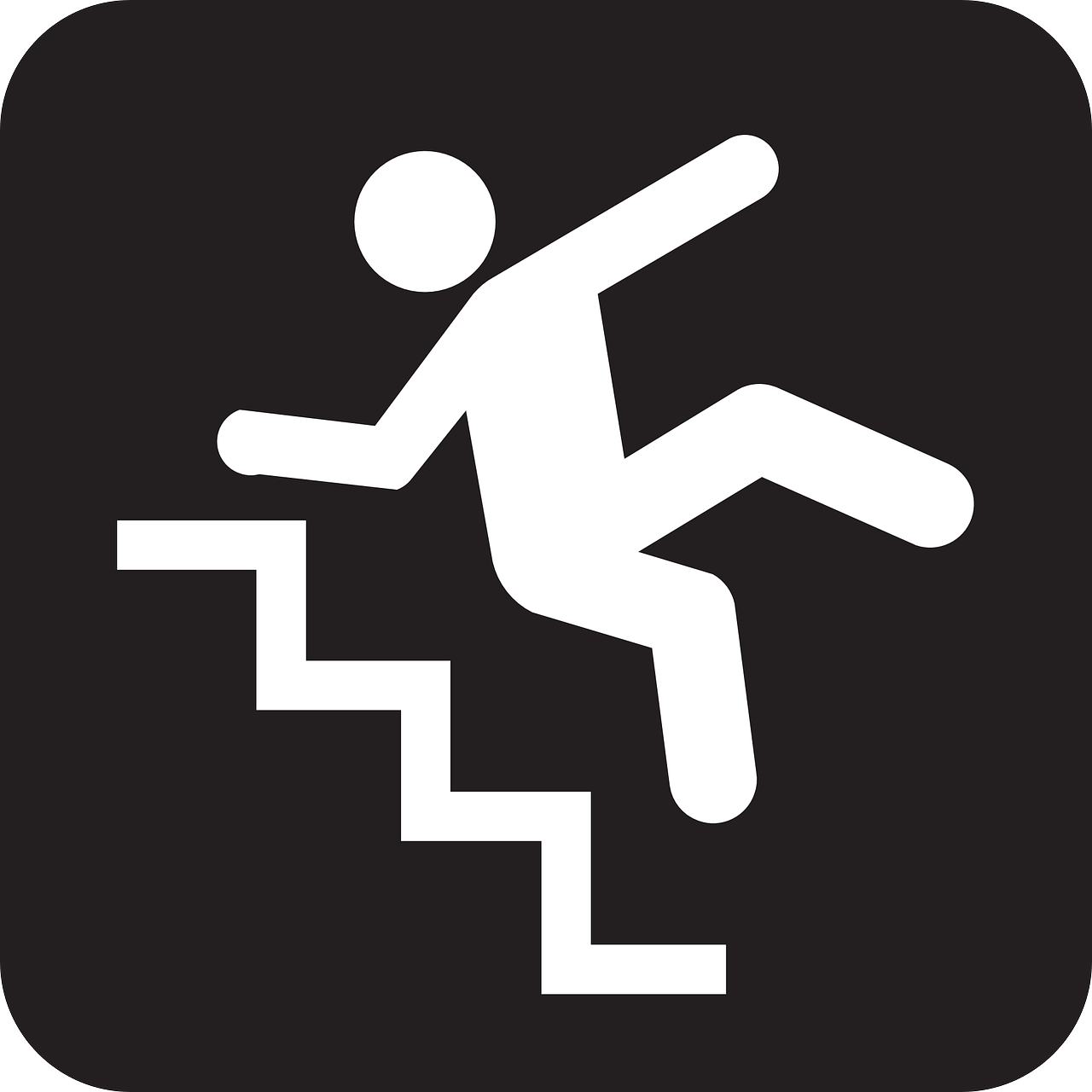
Patient Safety at End of Life
As a patient nears the end of life, safety is a main concern due to their progressing illness, weakness, fatigue, and limited mobility. In honor of Patient Safety Awareness Week this March, we will delve into the issue of patient safety during hospice in San Francisco and elsewhere. Mistakes can happen during end-of-life care, just as in any other area of healthcare. According to The ACHC, root causes of end-of-life failures can include poor communication, lack of safety culture and teamwork failures, manifested by multiple health care professionals caring for the same patient; variations in communications and end-of-life practices; and lack of standardized protocols.
These safety concerns can be address with proper and clear communication, between healthcare staff as well as between staff and the patient/family. From falls to medication failures, these things can be prevented with diligence, communication, and adherence to all safety protocols. As a family caregiver caring for a loved one at the end of life in their home, we have some tips on how you can improve their safety at all times. We will focus mainly on fall prevention.
Reducing the Risk of Falls
Contrary to popular belief, falls are not a normal part of aging. Do your part to help prevent falls by encouraging your loved one to do the appropriate exercises for their abilities, make the home safer, and get regular care by hospice professionals, says the National Council on Aging. The CDC says that falls are common and costly among Americans older than 65; in fact, every second of each day, an older adult falls in this country, which makes falls the leading cause of injury and death within this age group. End-of-life care, in particular, can pose greater challenges in identifying risks of falls and preventing them.
Here are some tips on how to prevent falls:
- Remove trip hazards and keep clutter off the floors.
- Install grab bars in the bathroom.
- Install handrails and lights on all staircases.
- Remove area rugs and runners that can be slippery. Replace with non-skid mats.
- Increase lighting throughout the house.
- Keep cords, shoes, and boxes out of walkways.
- Make sure medical equipment is out of the way, safely stowed away. This includes hoses, bedding, and tubes.
- Clearly mark all medications, especially those that cause dizziness or drowsiness.
- Make sure the patient waits a couple of minutes after sitting or standing so they don’t get lightheaded or lose their balance.
- Help them to use walkers or canes.
- Enlist the services of a physical or occupational therapist so your loved one can better gain strength and balance.
- Dress them in proper clothing and footwear.
- Place commonly-used items at shoulder or knee level for easy access.
- Place medical supplies for accessibility but make sure they are clearly marked.
- Wipe up spills immediately.
- Install a shower chair and raised toilet seat for easy bathing.
- Secure loose towel racks, toilet seats, and sink tops.
- Mark the last step in some way to distinguish it from the floor (i.e., with paint or reflective tape)
Factors That Contribute to Accidents
There are many factors that can contribute to accidents such as falls in hospice patients.
- Balance and gait: It’s not uncommon for hospice patients to lose coordination, balance, and flexibility, which comes from inactivity.
- Vision: In elderly and chronically ill people, less light can reach the retina, which makes contrasting edges, obstacles, and tripping hazards more difficult to see.
- Medications: Some prescriptions and OTC medications cause dizziness, dehydration, or medication interactions that can cause them to fall or feel nauseous.
- Environment: Most seniors in hospice have been living in their homes for several years or decades, and now have decided to live out their days in the comfort of that home. There are some simple modifications you can do as the family caregiver to ensure they stay safe.
- Chronic conditions: With more than 80 percent of older adults having at least one chronic condition, such as stroke, diabetes, or arthritis, these afflictions can also increase the risk of falls due to lost function, depression, inactivity, or pain.
There are many conditions that can make a hospice patient more likely to fall, such as:
- Fatigue
- Lower body weakness
- Vitamin D deficiency
- Difficulties with balance, gait, and walking
- Use of medicines that affect the balance
- Vision problems
- Foot pain or inappropriate use of footwear
- Home hazards such as uneven steps, throw rugs, poor lighting, clutter, and medical equipment.
Falls aren’t the only danger posed to hospice patients, but they are one of the more common ones and can be prevented with proper attention and planning.
Contact Pathways Home Health and Hospice
We take patient safety very seriously here at Pathways Home Health and Hospice. Our caregivers are trained in all safety measures so you can be assured of the highest quality care for your loved one in hospice. We would be happy to provide you with more information when you contact us at 888-978-1306.

